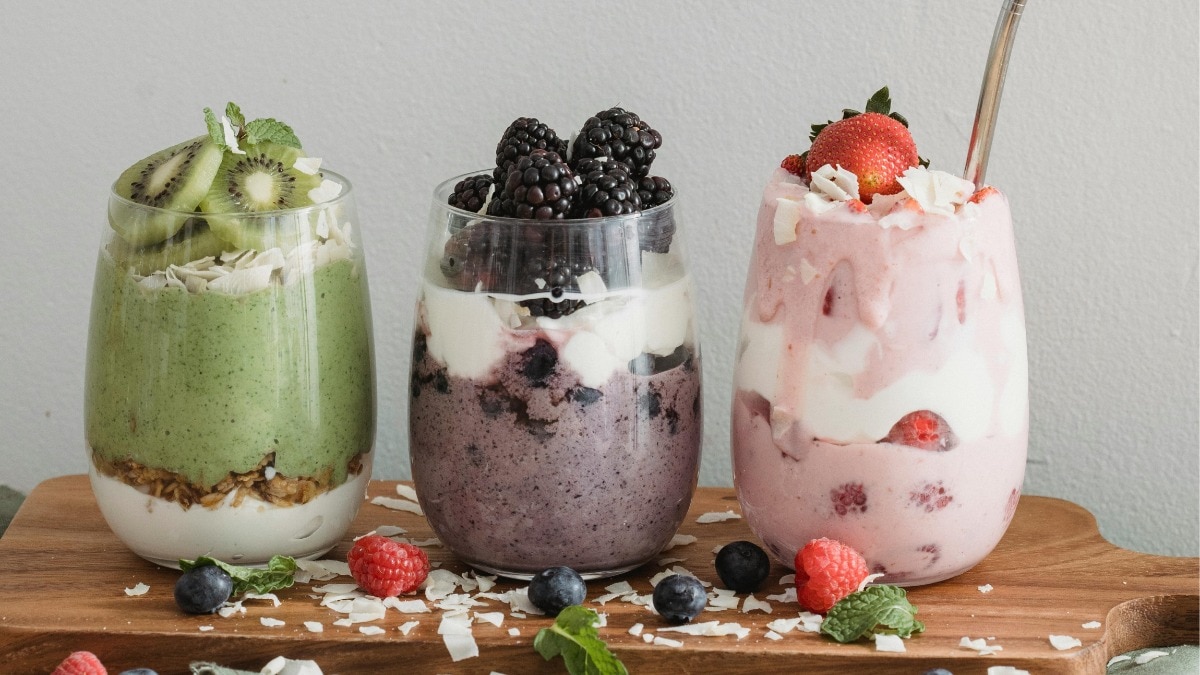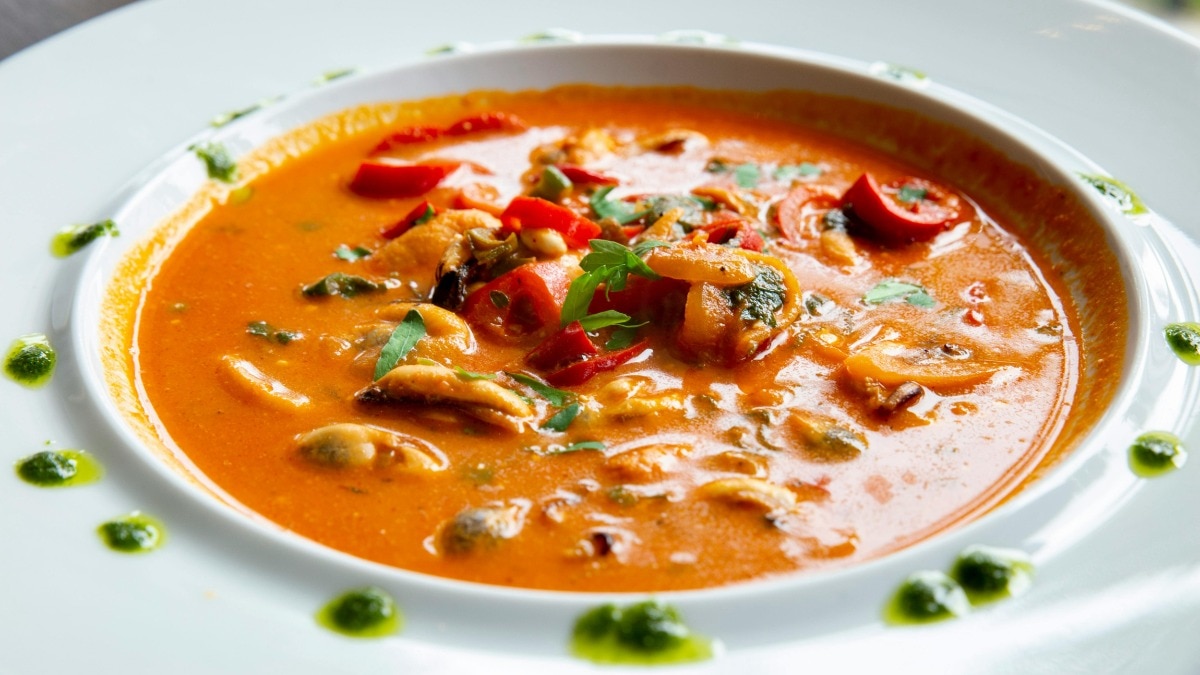
Enjoy history, culture, and the most exotic tea in Galle, Sri Lanka
From tea trails to sunsets—there is a lot the island nation has to offer.


"What is the connection between the Dutch East India Company, Sri Lanka, India and… elephants?” asks my guide with a chuckle when I tell him I am from India. I shrug my shoulders. “In 1638 the Sri Lankan king signed an agreement with the Dutch East India Company to ship 84 elephants, including four tuskers to India. So a lot of your Indian elephants are descendants of our Sri Lankan ones,” he says proudly, leading to much laughter all around.
I am in Galle, a charming coastal town on the southwestern tip of Sri Lanka. As the sun lazily dips into the azure waters of the Indian Ocean, casting a warm golden glow over the ancient fortifications of the town, it’s easy to feel you have stepped into a time capsule.
Galle’s heart and soul lie within its historic fort, a UNESCO World Heritage site that dates back to the 16th century. Originally built by the Portuguese, it was later expanded and fortified by the Dutch. The towering walls and ancient ramparts that once protected the town from invaders, now serve as a vantage point to gaze at the sea and enjoy a beautiful sunset.

The town is best enjoyed on foot, I am told. I agree, as I wander through the cobblestoned streets, marvelling at the fascinating fusion of European and South Asian architecture. Boutique hotels, cafes, art galleries and of course, shops selling everything from clothes to trinkets and spices, blend seamlessly into century-old buildings, transporting you to a bygone era.
I walk into a store selling spices, silver jewellery, Sri Lankan textiles and everything else that a tourist may be tempted to buy. As I wander around the store, the shopkeeper points to, what at first glance looks like a hidden chamber. On closer inspection it turns out to be a vault. The building was once the branch of an Indian bank, long abandoned. Today the vault holds cinnamon, once worth its weight in gold.
I stroll across to the Dutch Reformed Church, an impressive testament to colonial architecture and then onwards to Galle Fort Clock Tower and the Lighthouse. “On their way from Cape Town, the Dutch stopped at Galle for fresh water and medical facilities. We were on the Silk Route,” explains my guide. Large warehouses once used to keep everything from spices to elephants, have now been converted into museums.
But Galle is not just a relic of the past, it is a living, vibrant town. Locals and tourist alike can be seen strolling along the fort’s ramparts in the evening, enjoying the sea breeze. Children playing cricket and couples walking hand-in-hand, is a common sight. The Galle International Stadium, just a stone’s throw from the Galle Fort, built in 1876 is one of the oldest cricket stadiums in the sub-continent. Beyond the Fort walls, Galle offers some of Sri Lanka’s most pristine and serene beaches. A short drive away is Unawatuna. With its calm turquoise waters and golden sands, it is perfect for a relaxing day at the beach.

While Galle, with its culture, history and natural beauty is definitely a must-visit destination on your trip to Sri Lanka, the country’s tea plantations and estates must also not be missed. At Cape Weligama, a Relais & Chateaux property where I am staying, I am told of the Handunugoda Tea Estate and it’s unique tea, the Virgin White Tea, that sells for $1500 (₹1.23 lakh approx.) per kg at the luxury tea boutique, Mariage Frères, in Paris. Curious, I decide to visit the tea estate. Owned by veteran, third-generation tea planter Malinga Herman Gunaratne, the tea estate produces a limited quantity of this exotic tea. So what makes it so prized and expensive? It is probably the only tea completely untouched by hand during production. “The first human contact the tea has is when your lips sip the tea,” says David who has been working at the tea estate for several decades and is my guide for the day.
The Virgin White Tea story is quite fascinating. According to legend, during the 5th and 6th century AD in China, only virgins were employed to harvest the white tea. The young girls used golden scissors to cut the white tea leaves, which were collected in a golden bowl. The only part of the human anatomy that touched the tea was the lips of the emperor. The production process of this tea was a closely-guarded secret.

Herman had heard the story. But it was on a trip to Grasse in France, the home of the world’s most famous perfumes that he had his eureka moment. A perfumer told him that human sweat and oils of the pickers depending upon their food habits, impacted the fragrance of the flowers. “Mr Herman realised that this was known to the Chinese, and so the tea leaves were plucked by golden scissors, as gold is non-reactive,” says David. Post this realisation, Herman started experimenting with different varieties of tea and soon the Virgin White Tea was ready to be sipped by an exclusive few. Of course, there are no virgins employed today and the scissors are not gold but gold-plated. However, the process more or less remains the same. The tea leaves are cut by scissors instead of being plucked by hand and are collected in a gold-plated bowl. The tender leaves are then air-dried and finally packed by workers wearing gloves.
Virgin White Tea has 10.11 per cent antioxidants, the highest in any beverage, giving it anti-ageing properties—an elixir that most are willing to pay top dollar for, including your truly. As I get ready to leave the tea estate, I sheepishly pick up a small box of Virgin White Tea, to sip on memories of a lovely vacation. Of course, whether it is indeed the elixir of youth, only time will tell.










